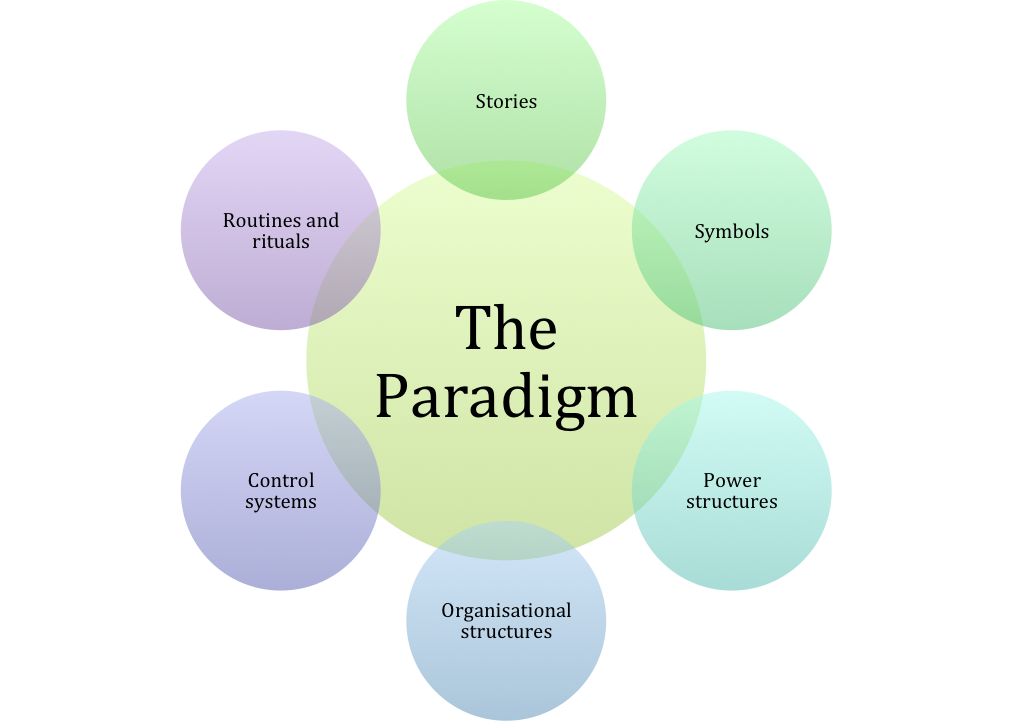Organizational Structure is the strategic manner by which organizations arrange (or rearrange) themselves. This is essentially important in determining how organizations plan on utilizing their resources, particularly their human resources. To do so efficiently, certain questions need to have precise answers such as the specific responsibilities of each individual within the organization, to whom exactly they report and most importantly the coordination process that is to be implemented to bring together all these people and processes simultaneously.
Bearing in mind that any framework followed needs to be consistent with the organizations main objectives, a formal channel defining the lines of authority from top to bottom (i.e.… Read the rest


